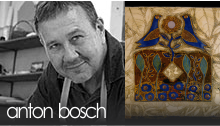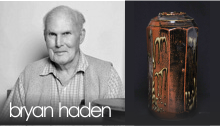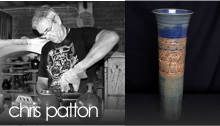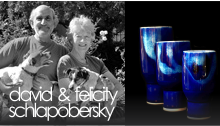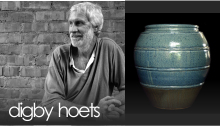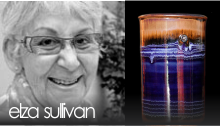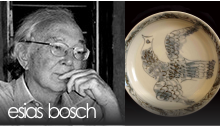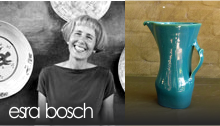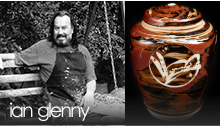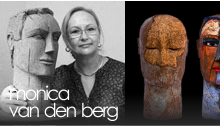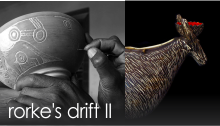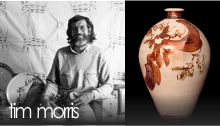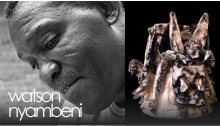WELCOME TO ART AT WORK TODAY
The heart of this website is the artists section, all of which are displayed below. For more information about the author, and in-depth history of ceramic art in South Africa, please use the navigation along the top of the page.
LATEST
Ronnie Watt is a collector and historian of South African studio pottery. In June 2014, he visited the USA to do research in the archives of the Studio Potter journal and explore the studio pottery community of the New England region. View the essay.
